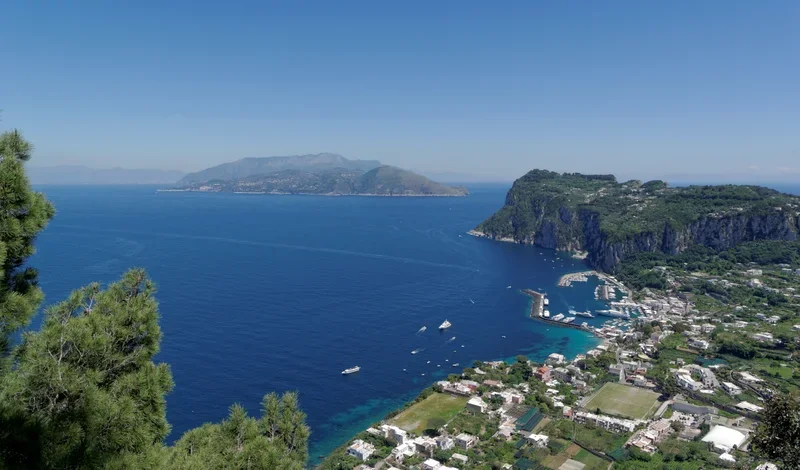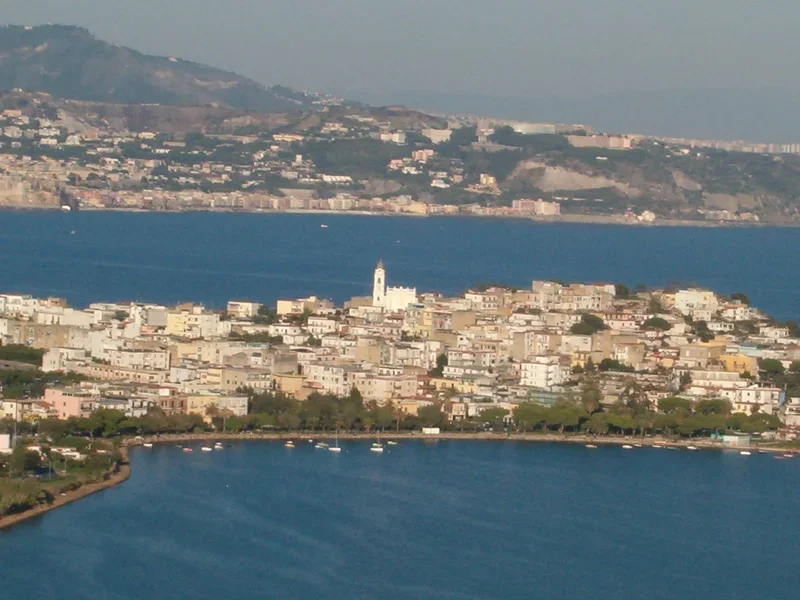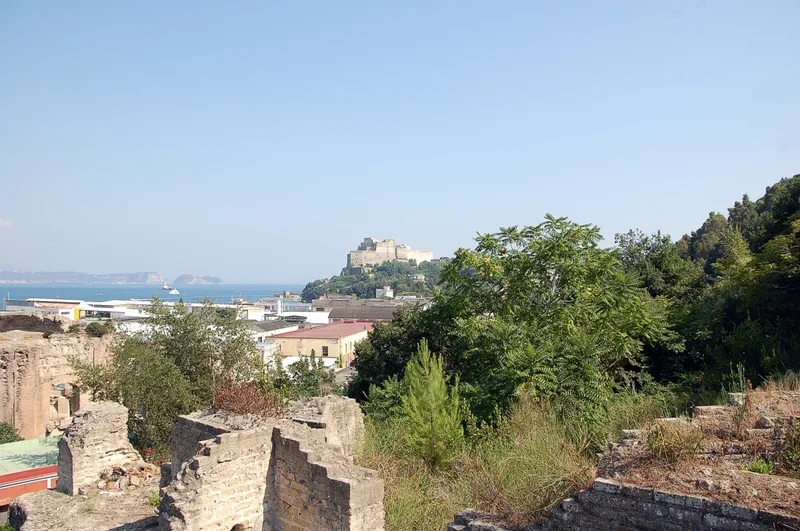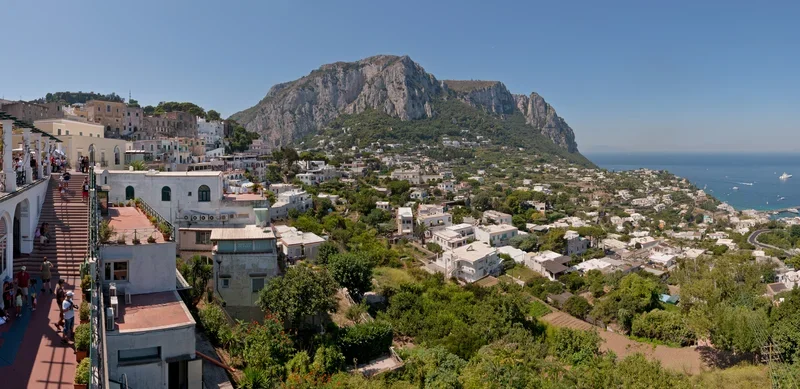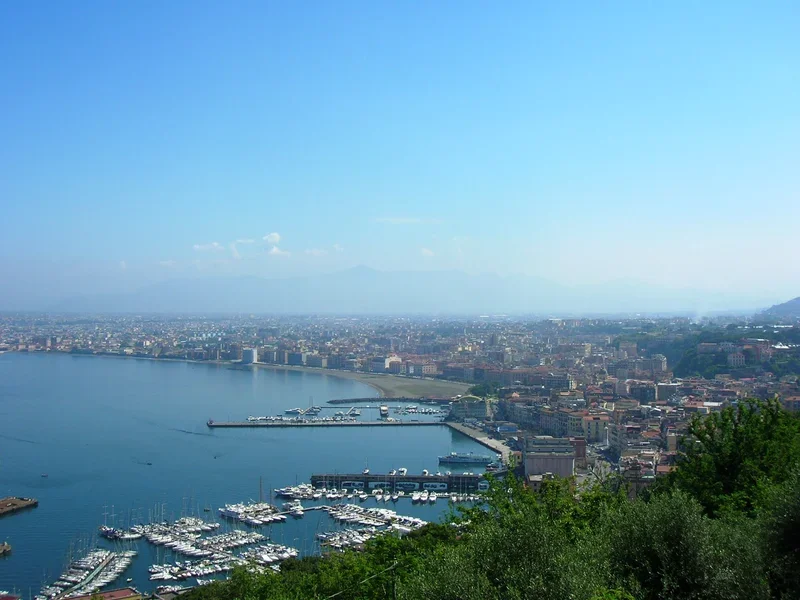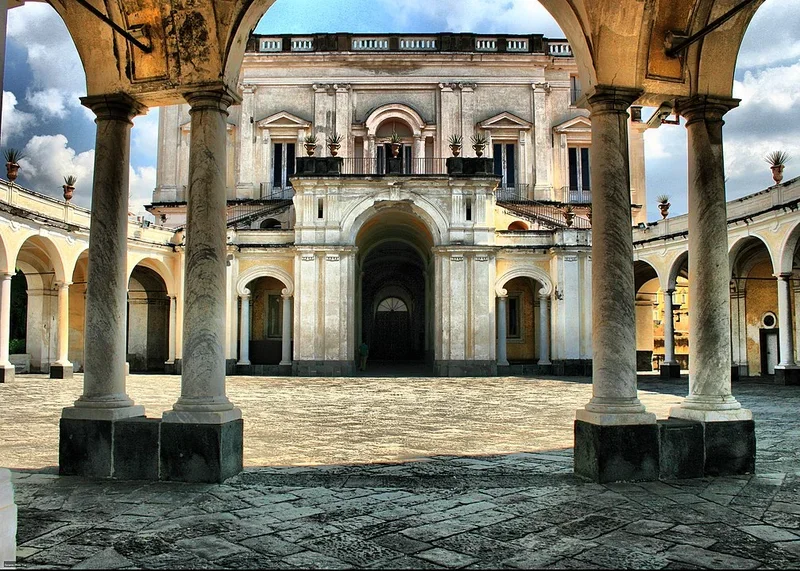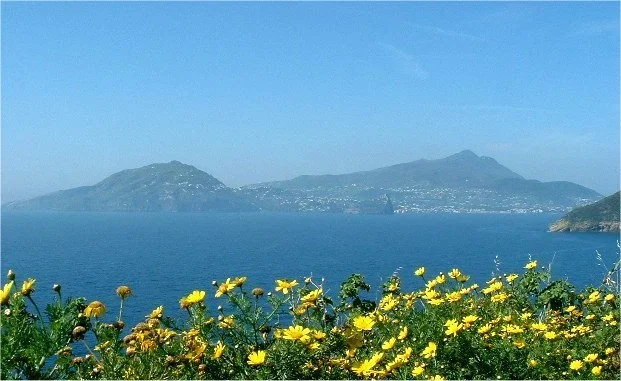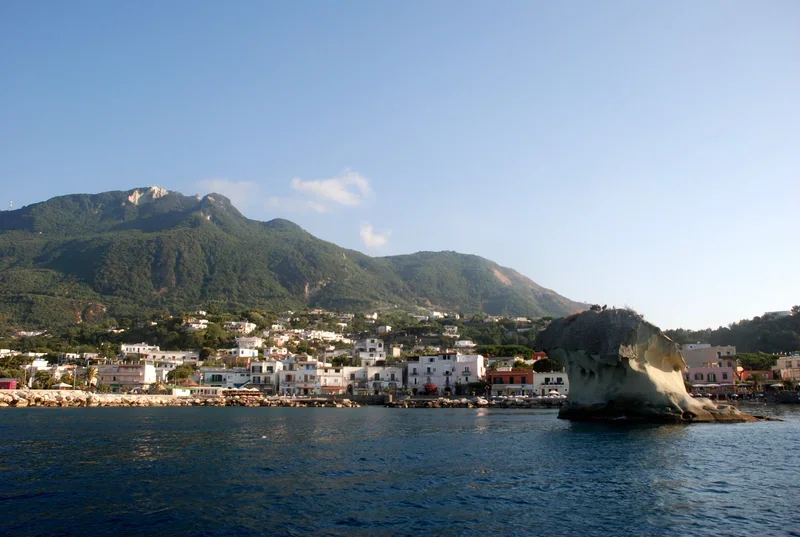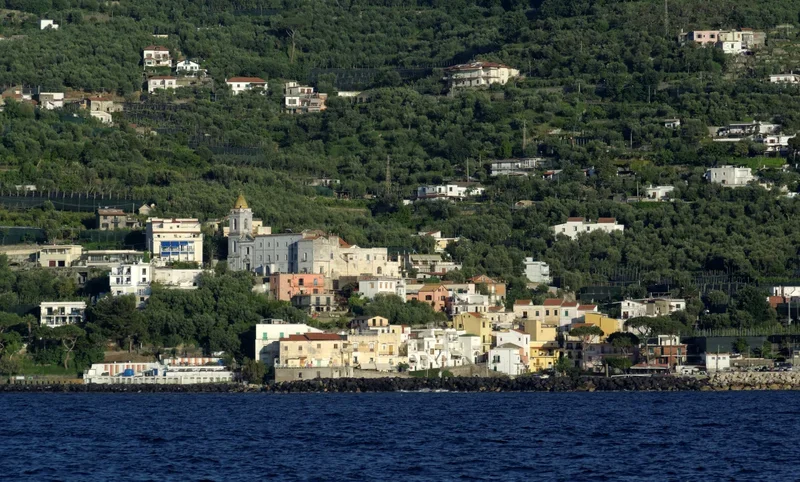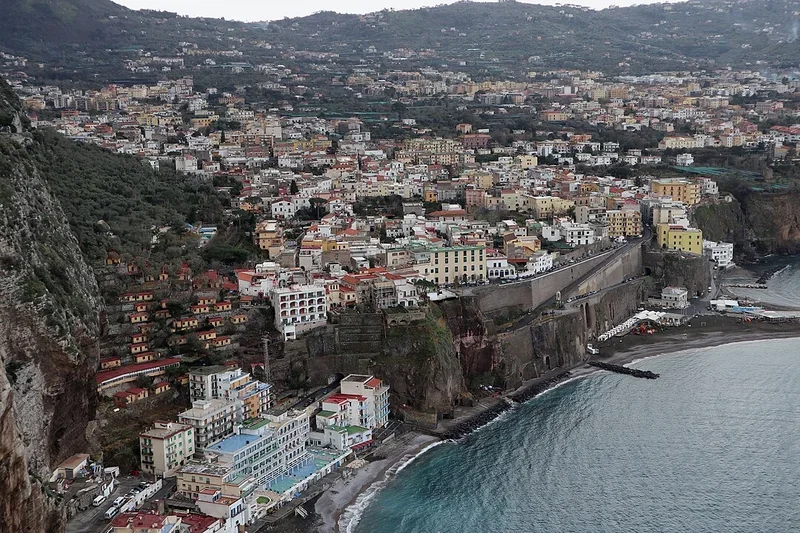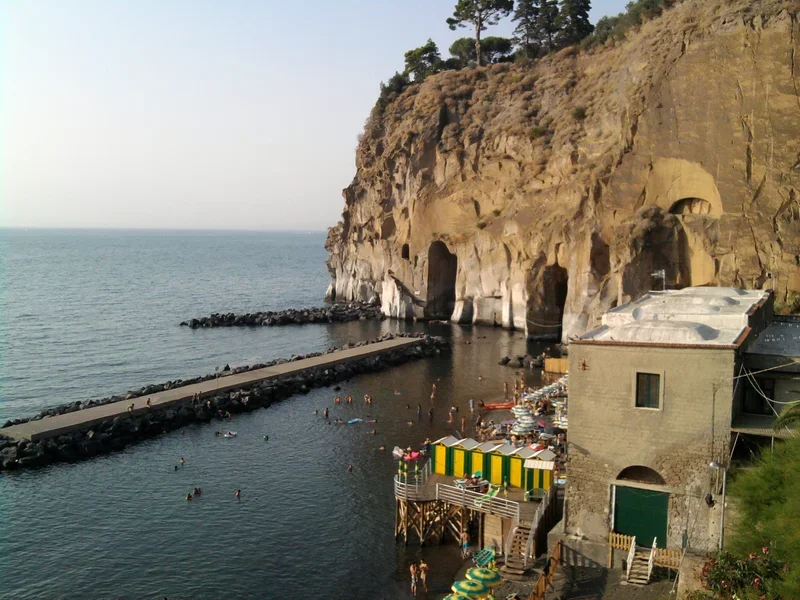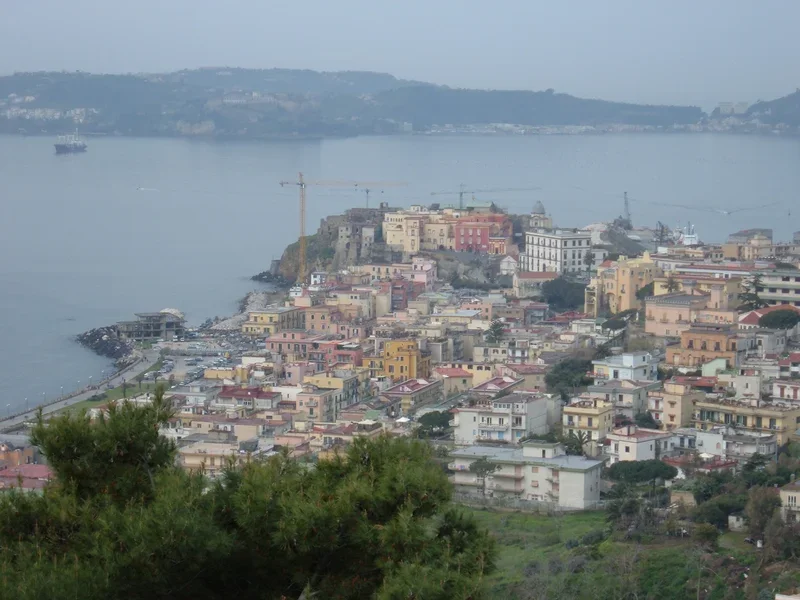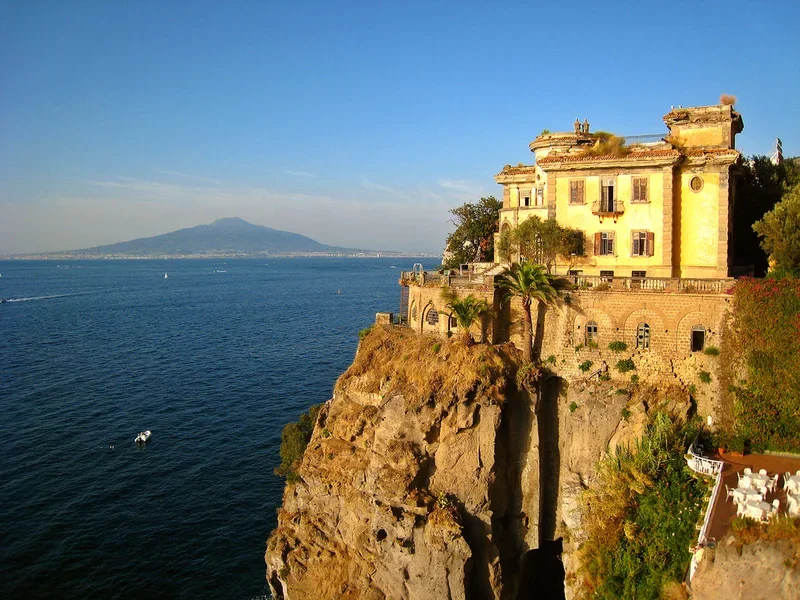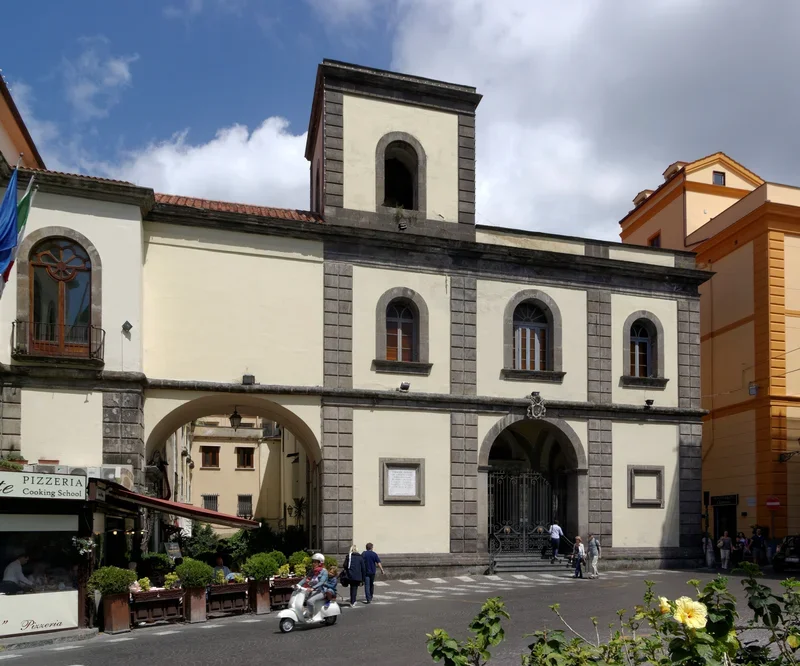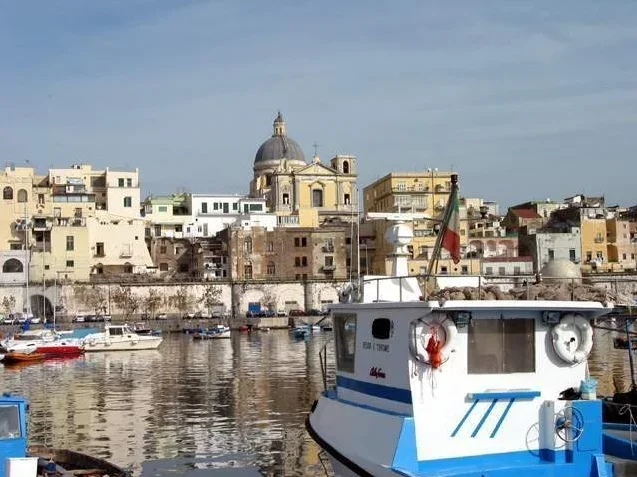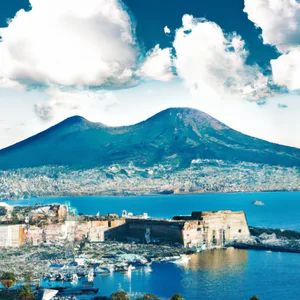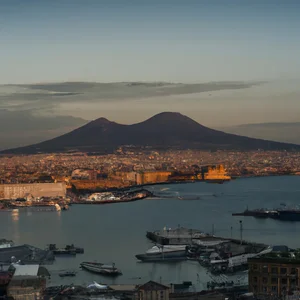Book your experience
Discover the secret Naples: the hanging gardens of the Royal Palace
Naples, one of the most fascinating and history-rich cities in the world, hides a little-known treasure among its alleys and monuments: the hanging gardens of the Royal Palace. This enchanting place represents an oasis of tranquility in the beating heart of the city, a corner of greenery that tells centuries-old stories and offers a unique experience to those who wish to discover another side of the Neapolitan capital. While the chaos of urban life unfolds beneath us, the hanging gardens present themselves as a refuge, a place where the beauty of nature intertwines with the grandeur of historic architecture.
In the following article, we will explore ten fundamental aspects of this enchanting place, starting from the history of Palazzo Reale, a symbol of Neapolitan power and culture, up to the creation and care of the hanging gardens, which require constant maintenance to preserve their beauty. We will discover the typical plants and flowers that inhabit these green spaces, the guided tours that allow you to immerse yourself in their atmosphere and the special events that animate the palace throughout the year.
Furthermore, we will focus on curiosities and legends that enrich the charm of this place, and then conclude with a panoramic view from the terrace, a real spectacle that opens before the eyes of those lucky enough to visit the gardens. Finally, we will provide useful information on how to reach this secret corner of Naples, inviting everyone to discover its magic and enchantment. Get ready for an unforgettable journey in the heart of Naples, where history, nature and beauty come together in an unparalleled experience.
History of Palazzo Reale
Origins and transformations over the centuries
The Royal Palace of Naples, located in the heart of the historic center of the city, has a long and fascinating history dating back to the period of the Kingdom of Naples. It was built in the 17th century as a residence for the rulers of Naples, in particular for the Bourbon dynasty. Over the centuries, the palace has undergone various transformations and expansions, becoming a true symbol of the city.
The palace has hosted numerous sovereigns, including Charles III of Bourbon, who transformed it into a sumptuous royal residence, enriching it with works of art and valuable furnishings. During the Napoleonic period, the palace became the residence of Joachim Murat, Napoleon's brother-in-law, who made further modifications and expansions to the building.
After the unification of Italy, the Royal Palace became the residence of the Savoy family, who contributed to further enriching it with works of art and neoclassical style furnishings. Today the palace is open to the public as a museum, where it is possible to admire the sumptuous royal rooms and the art collections that tell the story and culture of Naples and its sovereigns.
Architecture and design
Architecture and design
Architecture and design
Architecture and design
Architecture and design
Architecture and design
Architecture and design h2>
Royal Palace: a symbol of Naples
The Royal Palace of Naples is one of the architectural jewels of the city, a symbol of the power and magnificence of the sovereigns who lived there over the centuries. Built in the 17th century to a design by the architect Domenico Fontana, the palace stands out for its grandeur and the majesty of its facades, decorated with frescoes and sculptures depicting historical and mythological episodes.
The design of the Royal Palace is a mix of architectural styles that blend harmoniously, from baroque to neoclassical, creating a one-of-a-kind work. The internal rooms are richly decorated with stuccos, fine marbles and paintings by renowned artists, which testify to the luxury and refinement of the Neapolitan court.
The Royal Palace has been the site of numerous historical and cultural events, and still today retains its charm intact, attracting tourists from all over the world who wish to admire the beauty and grandeur of this monument.
The creation of the hanging gardens
History and meaning
The hanging gardens of the Royal Palace of Naples date back to the Bourbon period, when they were created at the behest of King Ferdinand IV of Bourbon and Queen Maria Carolina of Austria. This green space, one of a kind, was designed by the architect Ferdinando Fuga and represents a work of great historical and landscape value.
The original hanging gardens were destroyed during World War II, but have been faithfully rebuilt in subsequent years, maintaining the same layout and architectural style. Today the hanging gardens represent an oasis of tranquility in the heart of the city, where it is possible to enjoy a breathtaking panoramic view and immerse yourself in the beauty of nature.
Features and structure
The hanging gardens develop on several levels and are characterized by a variety of plants and flowers typical of the Mediterranean flora. Among the most common species we find citrus fruits, olive trees, cypresses and climbing plants, which create an enchanting and evocative atmosphere.
The maintenance and care of the hanging gardens are entrusted to expert gardeners who take care of keeping the plants in order and preserving their beauty and vitality. Thanks to their passion and dedication, the hanging gardens are always in perfect condition and represent a true living work of art.
To visit the hanging gardens of the Royal Palace of Naples it is possible to take part in guided tours organized by the local tourist office, which offer the opportunity to discover the history and peculiarities of this magical place. During the year, special events are also organized inside the hanging gardens, such as concerts, exhibitions and dance shows, which make the experience even more unforgettable.
Typical plants and flowers
The plants and flowers of the hanging gardens of the Royal Palace of Naples
The Royal Palace of Naples boasts wonderful hanging gardens, full of plants and flowers typical of the region. Among the various species present, the typical Mediterranean plants such as lemons, oranges and bougainvillea stand out, which contribute to creating a unique and evocative atmosphere.
The plants in the hanging gardens are cared for with attention and passion by the palace's expert gardeners, who take care of their constant maintenance and care. Thanks to this commitment, it is possible to admire splendid specimens of succulents, roses, geraniums and other varieties of colorful flowers that decorate the paths and terraces of the building.
One of the typical flowers of the hanging gardens of the Royal Palace of Naples is certainly the camellia, an ornamental plant native to Asia that produces flowers with intense and brilliant colours. Camellias are highly appreciated for their beauty and have been selected in different varieties, which can be admired in the palace gardens during spring flowering.
The typical plants and flowers of the hanging gardens of the Royal Palace of Naples contribute to creating a refined and evocative environment, which invites visitors to immerse themselves in the beauty of nature and enjoy breathtaking views of the city and the Gulf of Naples.
Maintenance and care
Ordinary and extraordinary maintenance
Caring for the hanging gardens of the Royal Palace of Naples is a delicate and constant task, which requires both ordinary and extraordinary maintenance interventions. Ordinary maintenance includes pruning, watering, fertilizing and cleaning of paths and flowerbeds. These activities are carried out regularly by garden workers, who take care of keeping the plants and flowers present in order and healthy.
Extraordinary maintenance, on the other hand, is necessary for more serious interventions such as the repair of damaged irrigation systems, the replacement of diseased plants or the recovery of portions of the garden damaged by atmospheric events or vandalism. These interventions require specific skills and the use of special equipment, and are carried out in such a way as to guarantee the conservation and enhancement of the green heritage of the Royal Palace.
Timetables and access
To allow correct maintenance and care of the hanging gardens, public access is regulated by specific rules and timetables. It is important to respect the instructions of the staff and not trample on the flowerbeds or damage the plants to ensure the survival and beauty of the place. Furthermore, it is possible to take part in organized guided tours to discover the secrets and curiosities of these unique green spaces in the heart of Naples.
Guided tours
Explore the hanging gardens of the Royal Palace of Naples with a guided tour
Guided tours of the hanging gardens of the Royal Palace offer visitors the opportunity to discover an oasis of tranquility in the heart of the lively city of Naples. During the visit, you will be accompanied by expert tour guides who will tell you about the history and beauty of these unique gardens.
Guided tours are available by reservation and offer a personalized experience for groups of various sizes. During the tour, you will have the opportunity to admire the variety of plants and flowers typical of the hanging gardens, learn about their maintenance and care and discover the curiosities and legends linked to this special place.
Visitors will also have the opportunity to enjoy a breathtaking panoramic view from the terrace of the Royal Palace, which offers a splendid glimpse of the city of Naples and the Gulf of Naples.
To take part in a guided tour of the hanging gardens of the Royal Palace, we recommend that you contact the palace's tourist office or consult the official website for further information on available tours, times and costs.
Special events
Palazzo Reale offers a rich calendar of special events that make a visit to the hanging gardens even more fascinating. Among the most anticipated events are classical music evenings, jazz concerts and open-air theater performances. During the summer, the hanging gardens also host cultural events such as art exhibitions and film screenings under the stars. A unique opportunity to immerse yourself in the magic of this enchanted place and enjoy high-level shows in a suggestive and relaxing atmosphere.
To participate in the special events organized at Palazzo Reale it is advisable to consult the official website of the institution or contact the information office directly to find out the detailed program of scheduled events. It is possible to book tickets online or at the palace ticket office, thus guaranteeing a privileged seat during the scheduled shows and performances. Don't miss the opportunity to live a unique experience of art, music and nature in the evocative hanging gardens of Palazzo Reale.
Panoramic view from the terrace
Breathtaking panorama of Naples
One of the highlights of the Hanging Gardens of the Royal Palace of Naples is certainly the panoramic view that can be enjoyed from the terrace. From the top of this splendid suspended garden, you can admire a breathtaking view of Naples, with its bay, Vesuvius in the background and the roofs of the city that extend to the horizon.
The view from the terrace of the Hanging Gardens is an unforgettable experience that allows you to admire the beauty of Naples from a privileged point of view. During clear days, it is possible to see as far as the islands of Capri and Ischia, giving a suggestive and unique image that will remain etched in the memory of anyone lucky enough to admire it.
The terrace of the Hanging Gardens of the Royal Palace of Naples is therefore an unmissable place for those who visit the city and want to live a unique and evocative experience, immersed in the beauty and history of this extraordinary place.
Panoramic view from the terrace
The Royal Palace of Naples offers a breathtaking view from its panoramic terrace, which overlooks the majestic Piazza del Plebiscito and the Gulf of Naples.
From here it is possible to admire the imposing silhouette of Vesuvius, the suggestive Castel dell'Ovo and the seafront of Naples, with its characteristic narrow and colorful streets.
The terrace of the Royal Palace is the ideal place to take spectacular photos and enjoy a moment of relaxation, immersed in the beauty of the city and the sea that surrounds it.
The panoramic view from the terrace of the Royal Palace is one of the highlights of a visit to this historic building, allowing visitors to fully appreciate the magnificence of Naples and its surroundings.

